Paulinus was a Roman missionary and the first Bishop of York. A member of the Gregorian mission sent in 601 by Pope Gregory I to Christianize the Anglo-Saxons from their native Anglo-Saxon paganism, Paulinus arrived in England by 604 with the second missionary group. Little is known of Paulinus's activities in the following two decades.

The Cappadocian Fathers, also traditionally known as the Three Cappadocians, were a trio of Byzantine Christian prelates, theologians and monks who helped shape both early Christianity and the monastic tradition. Basil the Great (330–379) was Bishop of Caesarea; Basil's younger brother Gregory of Nyssa was Bishop of Nyssa; and a close friend, Gregory of Nazianzus (329–389), became Patriarch of Constantinople. The Cappadocia region, in modern-day Turkey, was an early site of Christian activity.

Doctor of the Church, also referred to as Doctor of the Universal Church, is a title given by the Catholic Church to saints recognized as having made a significant contribution to theology or doctrine through their research, study, or writing.
Macrina the Elder was the mother of Basil the Elder, and the grandmother of Basil the Great, Gregory of Nyssa, Peter of Sebaste, and Macrina the Younger.
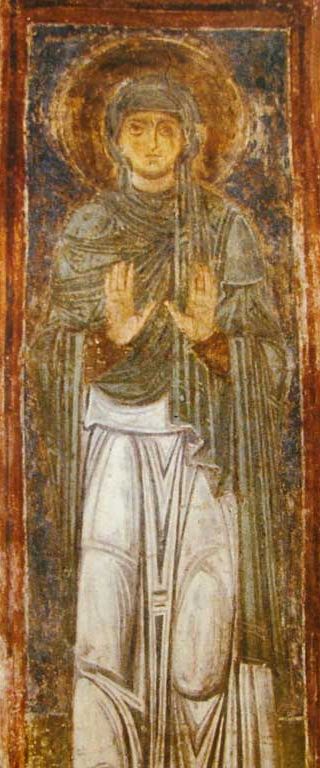
Macrina the Younger was an early Christian consecrated virgin. Macrina was elder sister of Basil the Great, Gregory of Nyssa, Naucratius and Peter of Sebaste. Gregory of Nyssa wrote a work entitled Life of Macrina in which he describes her sanctity and asceticism throughout her life. Macrina lived a chaste and humble life, devoting her time to prayer and the spiritual education of her younger brother Peter.

Oisín, Osian, Ossian, or anglicized as Osheen was regarded in legend as the greatest poet of Ireland, a warrior of the Fianna in the Ossianic or Fenian Cycle of Irish mythology. He is the demigod son of Fionn mac Cumhaill and of Sadhbh, and is the narrator of much of the cycle and composition of the poems are attributed to him.
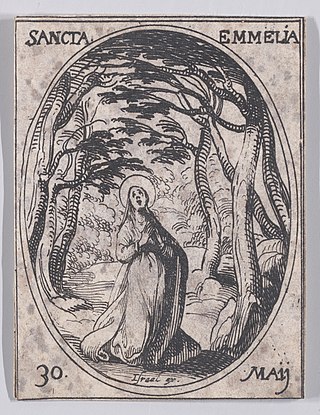
Emmelia of Caesarea was born in the late third to early fourth century, a period in time when Christianity was becoming more widespread, posing a challenge to the Roman government and its pagan rule. She was the wife of Basil the Elder and bore nine or ten children, including Basil of Caesarea, Macrina the Younger, Peter of Sebaste, Gregory of Nyssa, and Naucratius.
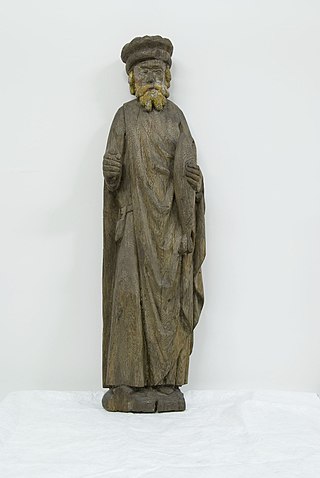
Saint Botvid was a Christian missionary in Sweden during the 11th century.
Saint Edburga of Minster-in-Thanet was a princess of Wessex, and abbess of Minster-in-Thanet. She is regarded as a saint.
Peregrine (Peregrinus) of Auxerre is venerated as the first bishop of Auxerre and the builder of its first cathedral. A strong local tradition states that he was a priest of Rome appointed by Pope Sixtus II to evangelize this area at the request of the Christians resident in that part of Gaul. He preached at Marseilles, Lyon, and converted most of the inhabitants of Auxerre to Christianity.

Aspren or Asprenas was a 1st-century Christian saint and venerated as the first Bishop of Naples.

The city of Naples has more than 50 official patron saints, although its principal patron is Saint Januarius. Second in terms of importance is Saint Aspren (Sant'Aspreno), first bishop of Naples.
Anastasius of Pavia was Bishop of Pavia (Ticinum) from 668 until his death in 680. He was a convert from Arianism. He was succeeded by Damian of Pavia.
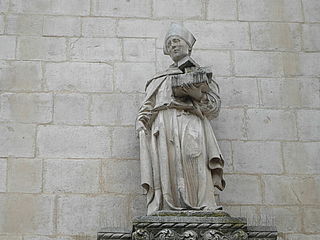
Pamphilus of Sulmona was bishop of Sulmona and Corfinio (Valva) during the late 7th century. He is revered as a saint by the Catholic Church and the Eastern Orthodox Church.

The Basilica of San Pietro ad Aram is a Baroque-style, Roman Catholic church in Naples, Italy. It is located about a block from the church of the Santissima Annunziata on Corso Umberto I.

Saint Claudia may refer to:

Candida Xu or Candida Su, was a Chinese Catholic who lived in late Ming and early Qing China. She has been called "arguably the most influential Chinese Christian woman of the seventeenth century." She is also, according to records, likely the first Chinese woman who knows Latin.
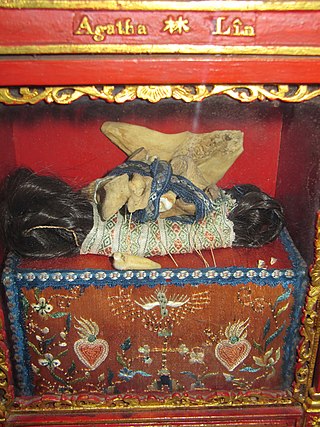
Agatha Lin, born in Qinglong in the Guizhou of southeast China in 1817, was a Chinese saint and martyr. She was a headmistress and catechist, and one of the first to evangelize the Miao people. She was beheaded for her faith on January 28, 1858. Agatha was beatified by Pope Pius X on May 2, 1909, and canonized in 2000. Her feast day is February 18.
Agnes Takeya (1580–1622) was a Korean-Japanese Roman Catholic martyr.
Apollinaris Syncletica, also known as Apollinaria of Egypt, was a saint and hermit of the 5th century, venerated in the Eastern Orthodox Church and Roman Catholic Church. Her story is most likely apocryphal and "turns on the familiar theme of a girl putting on male attire and living for many years undiscovered".












